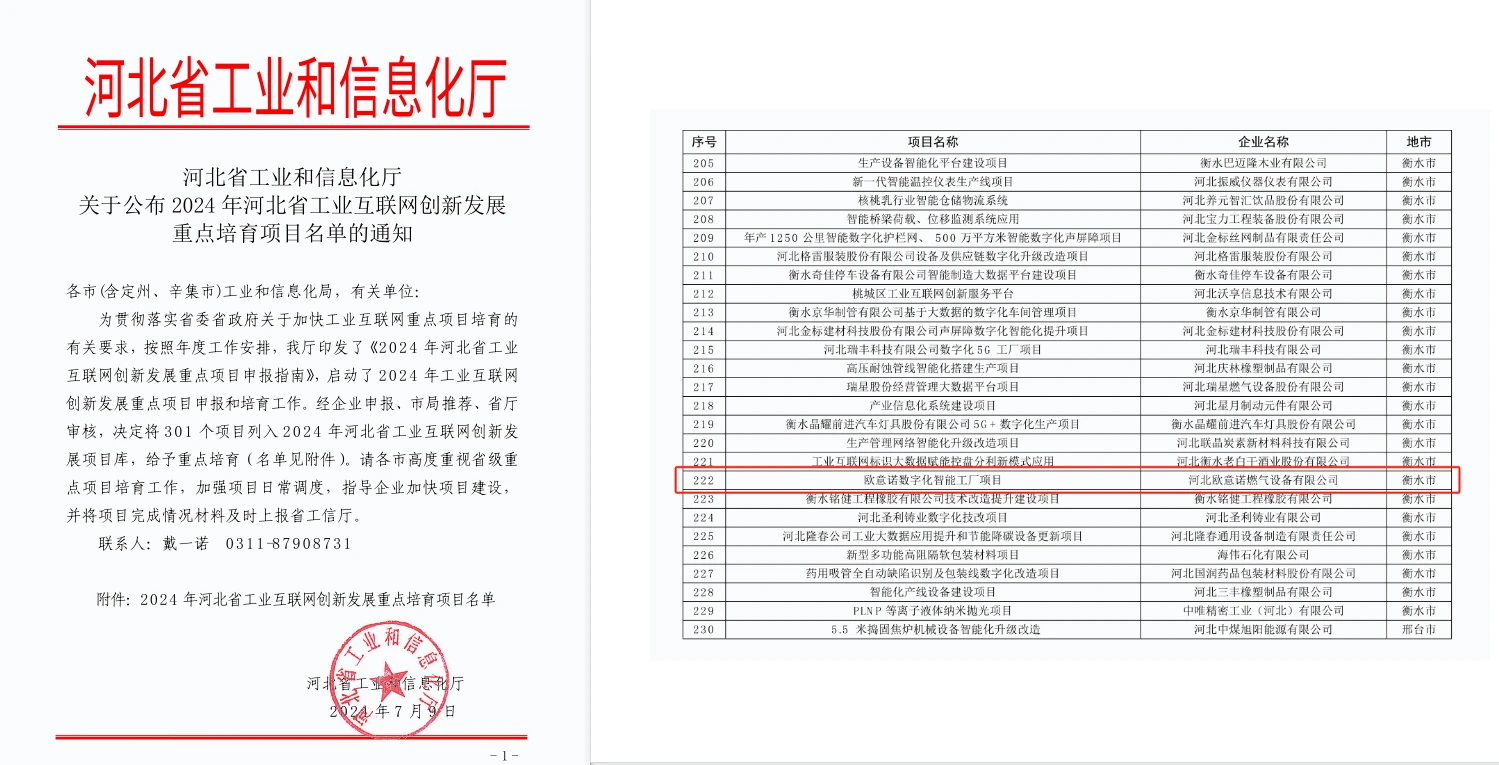
Oct . 31, 2024 14:34
Back to list
Design and Functionality of Natural Gas Pressure Regulation Devices for Safe Use
Understanding Natural Gas Pressure Reducers
Natural gas pressure reducers are vital components in the safe and efficient distribution of natural gas, which is widely used for heating, cooking, and various industrial applications. These devices play a crucial role in regulating the pressure of natural gas before it reaches end users, ensuring that it is delivered at a safe and usable level.
What Is a Natural Gas Pressure Reducer?
A natural gas pressure reducer, often referred to as a pressure regulator, is a mechanical device designed to reduce the pressure of natural gas from a high-pressure supply system to a lower, usable pressure. The gas entering the reducer is typically at high pressure from the pipeline or storage tanks. The reducer ensures that the output pressure remains constant, regardless of fluctuations in the input pressure or the demands of the gas appliances being fed.
How Does It Work?
The operation of a pressure reducer is based on the principle of balancing forces. Inside the reducer, a diaphragm or piston responds to changes in gas pressure. As the input pressure increases or decreases, the diaphragm moves accordingly, adjusting an internal orifice to maintain a steady output pressure. This dynamic response is crucial for preventing potential hazards, such as gas leaks or over-pressurization of appliances.
Typically, the pressure reducer has an adjustable spring mechanism that allows operators to set the desired output pressure according to the specifications of the connected appliances. This adjustability is important, as different devices may require different pressure levels to operate safely and efficiently.
Importance of Pressure Regulation
Proper pressure regulation is vital for several reasons
1. Safety High pressures can lead to dangerous situations, including gas leaks, explosions, and equipment failures. By regulating the pressure, the risk of such incidents is significantly reduced.
natural gas pressure reducer

2. Efficiency Appliances, such as furnaces, stoves, and water heaters, are designed to operate at specific pressure ranges. A pressure reducer ensures these appliances function optimally, enhancing their efficiency and lifespan.
3. System Integrity Consistent pressure levels help maintain the integrity of the entire gas distribution system, preventing damage to pipelines and fittings that could otherwise occur from extreme pressure fluctuations.
Types of Natural Gas Pressure Reducers
There are several types of natural gas pressure reducers, each suited to different applications
- Single-Stage Regulators These are used where the pressure differential is not too high. They are simple and cost-effective for residential applications.
- Two-Stage Regulators These provide more precise pressure control and are often used in commercial settings or where high flow rates are required. The first stage reduces the pressure to an intermediate level, which is then further reduced in the second stage to the final delivery pressure.
- High-Pressure Regulators Designed to handle very high input pressures, these regulators are used in industrial applications and require careful installation and adjustment to ensure safety.
Conclusion
Natural gas pressure reducers are essential for the safe and efficient transportation of gas from supply sources to consumers. Their ability to regulate pressure protects users and appliances, promotes energy efficiency, and maintains system safety. Understanding the role of these devices is crucial for anyone involved in the natural gas industry, from suppliers to end users. As technologies evolve, advancements in pressure regulation will continue to enhance safety and efficiency in the ever-growing field of natural gas distribution.
Latest news
-
Safety Valve Spring-Loaded Design Overpressure ProtectionNewsJul.25,2025
-
Precision Voltage Regulator AC5 Accuracy Grade PerformanceNewsJul.25,2025
-
Natural Gas Pressure Regulating Skid Industrial Pipeline ApplicationsNewsJul.25,2025
-
Natural Gas Filter Stainless Steel Mesh Element DesignNewsJul.25,2025
-
Gas Pressure Regulator Valve Direct-Acting Spring-Loaded DesignNewsJul.25,2025
-
Decompression Equipment Multi-Stage Heat Exchange System DesignNewsJul.25,2025

